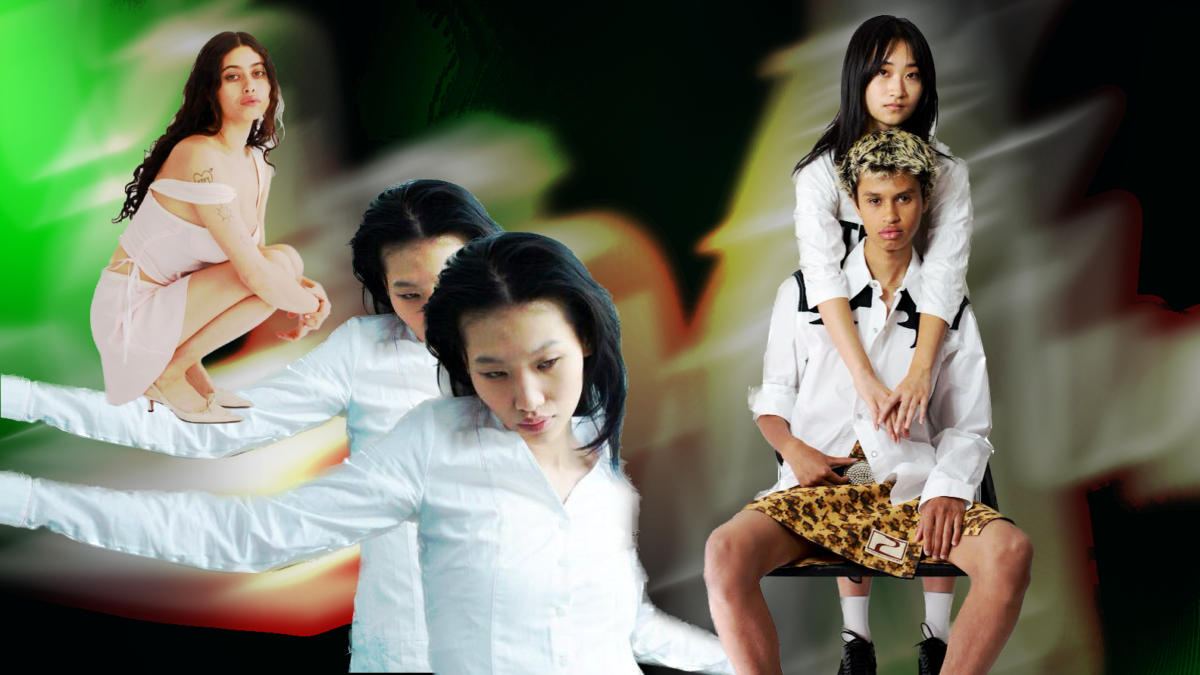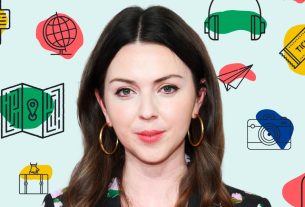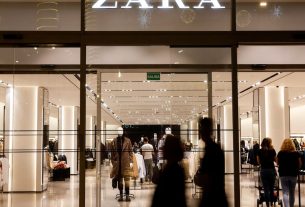[ad_1]
These interviews have been edited for length and clarity.
Jollyeyess Shoppe, Sant’Elia and Bella Venice are all young, women-owned businesses that celebrate sustainability in their own way. Founders Natasha Walia, Isabella Manning, and Taylor Pardee are connected by the common thread of their adoration of vintage garments as well as the fact that they started their businesses during the pandemic. These three entrepreneurs open up about their successes, inspirations, and how to make it in the fashion world.
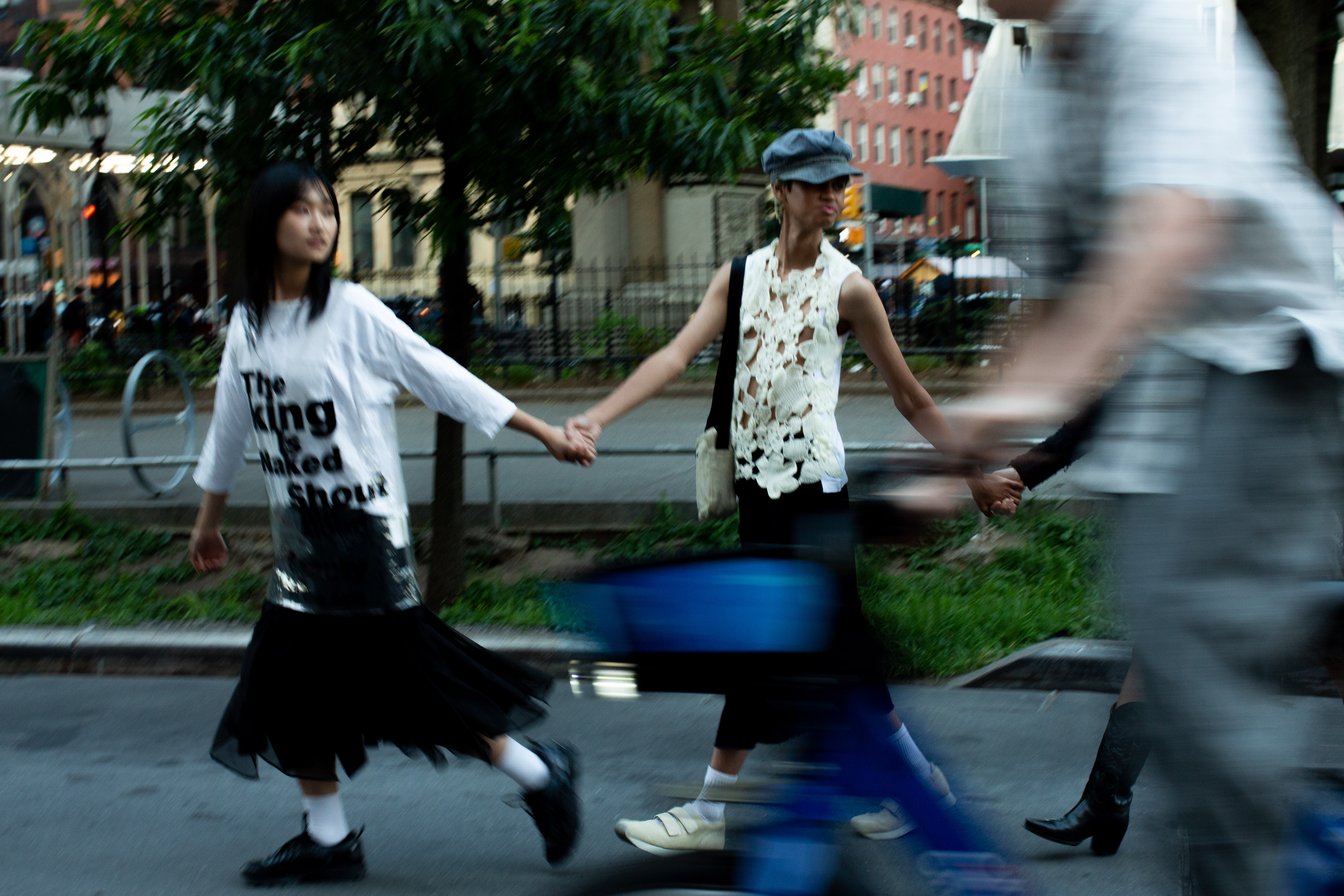
Natasha Walia (she/her)
Owner of Jollyeyess Shoppe
@jollyeyessshoppe
Jollyeyess Shoppe was bred out of founder Natasha Walia’s love of archive fashion. Archival fashion entails collecting pieces from designers’ past — and often historically significant — collections. The New School student buys archival and designer pieces and resells them via Instagram. As a queer woman, Walia’s intentions in starting her shop were to create a space that encourages inclusivity on all levels, “something inherently lacking in the world of designer resale”, she said. Along with every collection, Walia produces lookbooks and visual components to compliment her releases.
How did you get into archival fashion?
My interest in fashion started when I visited New York for a summer program in 2018. I used to dress very preppy, influenced by my environment in the Bay Area. I was accustomed to seeing people wearing the same brands everyday, like Vineyard Vines and Patagonia. It felt like there wasn’t any room to experiment.
When I visited New York in 2018, I saw people express themselves through fashion, and it really resonated with me. Being queer and dressing preppy never felt right, but it was the only thing I knew. After that trip, I bought a pair of black trousers that really influenced my whole wardrobe and identity. I started to spend more time on the internet researching different Japanese designers and visiting stores like Opening Ceremony and Dover Street Market.
During the start of quarantine I began using Tiktok, Tumblr, and Youtube to learn more about the history of fashion and I decided to sell my entire wardrobe and start over. Through Depop and Grailed, I was able to save enough money to start investing in pieces of clothing from designers I liked. Archive fashion speaks to me because it feels like I am wearing a piece of history everyday when I get dressed. I get to wear pieces I once used to admire.
How did you start Jollyeyess Shoppe?
I took a year off from college for mental and physical reasons during COVID. I’ve always had a really passionate love for fashion and I decided, since I had a lot of money saved up, that I was going to start buying items that I eventually wanted to start selling. A lot of it had to do with my own insecurity and never really being able to fit into old Japanese designer clothes. Even though I love them, I wasn’t able to participate in those communities, so I thought I could start sourcing for other people. That’s where the idea sort of started, as a way to put myself in this community, even though I can’t necessarily wear all the clothes all the time. I started sourcing in September 2021 and I launched the shop November 4, 2021.
I try to collect lots of items that all fit within a certain aesthetic and release them together as part of a drop of sorts. My first collection was called Genesis, it was just getting the basis of all my favorite designers like Prada, Miu Miu and older Japanese stuff, like 20471120, Beauty Beast, Final Home, General Research, and of course, Comme Des Garçons. Getting that basis and finding a way to explore and also teach myself a lot about runway through that is kind of where it all started.
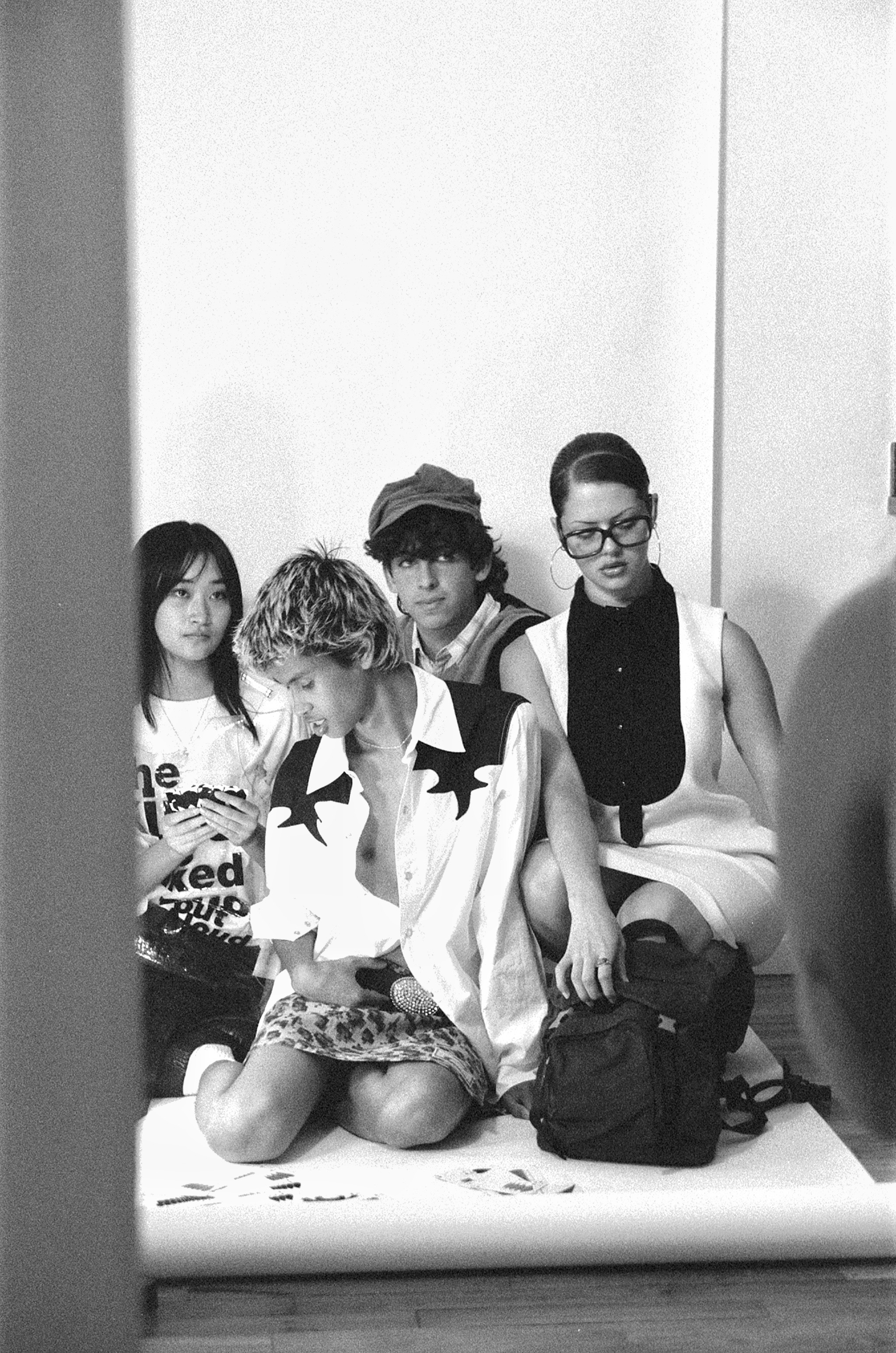
How do you source your pieces?
I source a majority of my pieces internationally. It’s a lot of bidding on Japanese Yahoo, Mercari, and Facebook Marketplace. I also find pieces through my friends; I will buy things off of people that they are trying to get rid of. I try to incorporate the community as much as I can into my sourcing. I do sell things from my own wardrobe as well.
What has been the most difficult aspect of opening up your store?
I would definitely say profit margin. It’s very hard for people to understand that it’s not just me buying something and selling it for more money. It’s me buying it, shipping it, photographing and spending time styling the looks and paying my models, paying my photographers. The money I’m making off profits is going into that, I haven’t taken any of the money from the shop for myself as my own profit, everything I make goes back into sourcing a new collection.
What are your goals for Jollyeyess moving forward?
My dream is to open a brick and mortar shop. I grew up in the restaurant industry because my dad owns restaurants, and I’ve always wanted to own a cafe. It would be a cafe/boutique showcasing both archival items and small designers’ works. There’s a lack of spaces like that, especially for people of color in New York, or they are very intimidating spaces that only really cater to thin white bodies. I don’t want to encompass any of that.
How do you differentiate yourself from other vintage resellers?
Visual narrative is really important for me. When you’re buying online, it’s hard to imagine yourself in the clothes and at the end of the day, you are selling someone an image. So that’s something I’ve tried to do, and tried to make it realistic. All the models are my friends; these are people who I can see living this lifestyle. I’m not projecting this unattainable image onto people, so I think it’s really fun. I also feel like the shop is a way for me to explore and play with people’s sexuality; a lot of my models wear clothes that are typically assigned to the opposite gender. It’s important for me to make the shop as inclusive as I can as well.
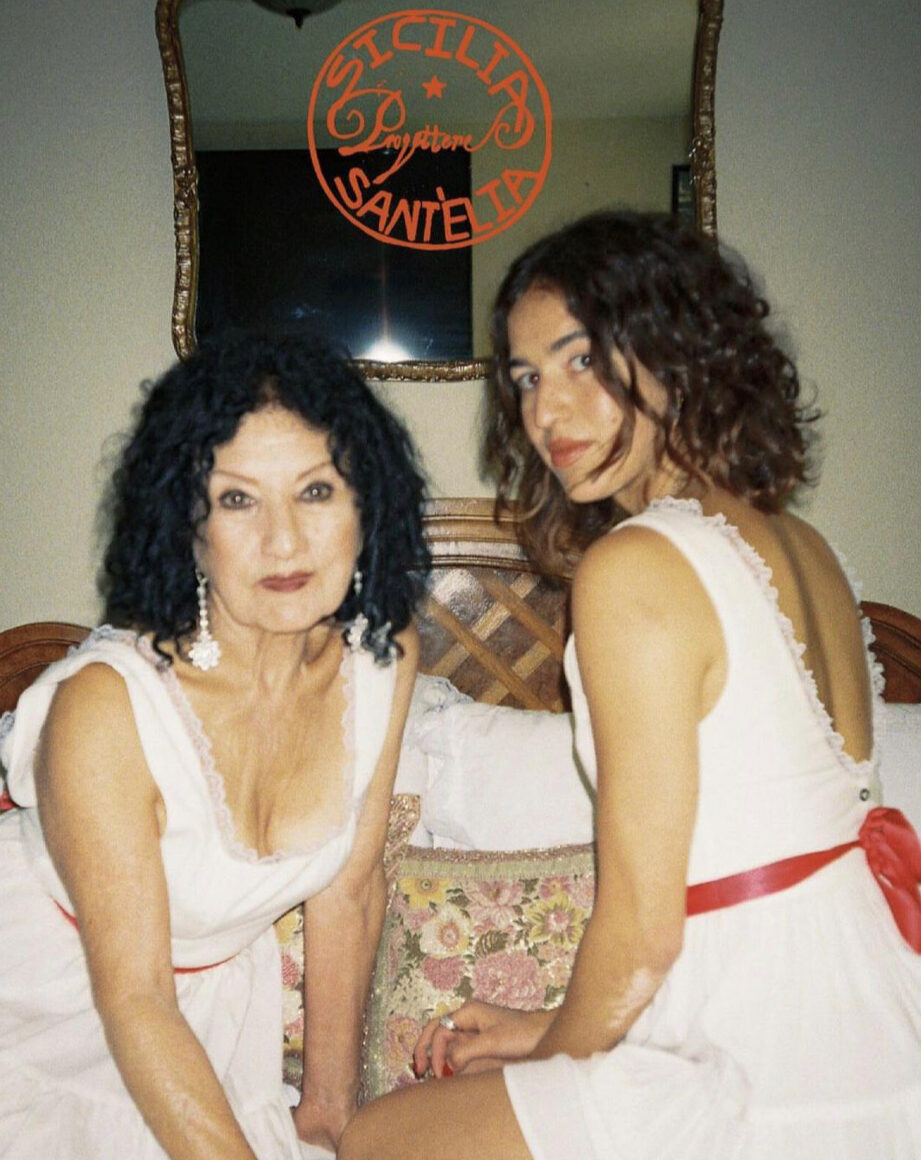
Isabella Manning (she/her)
Owner of Sant’Elia
@santeliaclothing
During the pandemic, Los Angeles-based Isabella Manning founded her label Sant’Elia upon the principles of symbiotic beauty, the dysfunction of family life, and her Sicilian heritage. Manning sources inspiration and materials from Italy, where her ancestors hail from, and her clothing is produced by a team of solely women in Downtown Los Angeles. The first store to carry Manning’s pieces was Cafe Forgot on Ludlow in the Lower East Side, which helped the young designer achieve her dreams of making connections to New York from her homebase in Los Angeles.
What were you doing prior to Sant’Elia?
When I graduated from college, I just went straight into the nine to five, corporate life. Our main client I was designing for was called Shade & Shore, one of the biggest swimwear lines in America that’s sold at Target. It was a really cool first job because it was like bootcamp for design.
I would have to do 100 sketches in two days. There were a lot of responsibilities, a lot of money was at stake, and really crazy hours. We all started working from home when COVID hit, and I was doing 14 hour days nearly everyday; it didn’t feel like it was going to end. I felt like I was slowly starting to lose my love for fashion and design. Three months before I left the company, I stopped getting my period due to the stress. I’ll never forget feeling really scared and lost. There were no jobs out there because of COVID, so I had no options. I ended up feeling so mentally exhausted and drained that I left the company without another job.
It was really scary, but I knew it was something I had to do to save the thing that I had always been passionate about and that I was good at. I felt like if I kept on going down that path, I would lose this part of myself and it was tainting my whole life. My intention in leaving was to eventually start my own clothing brand, but in the meantime I needed a break from fashion.
What was the first piece you made?
The first piece I made was a dress. The dress and the brand itself is really an expression of me going back to my Sicilian roots and the fishing town I am from. It represents the core sense of beauty and a woman who is emotional, passionate, fearless and maybe repressed in how she expresses that. They’re very classic pieces that I think have a lot of emotion behind them. I think that was created being in COVID because it really had me questioning, what is beauty to me? How am I feeling about myself? I guess this is what I came up with.
As a woman, you look to your mom, your grandma, your ancestors, for your definition of beauty. Families are complicated, everybody has issues with family, but at the end of the day, it feels good to connect back to your mother. I just want people to feel a sense of peace and like they’re at home when they have these pieces; that it’s really special, like a gift. I think there’s something really beautiful about an imperfect family as well, crazy moms or grandparents and I like to reflect that in my clothing.
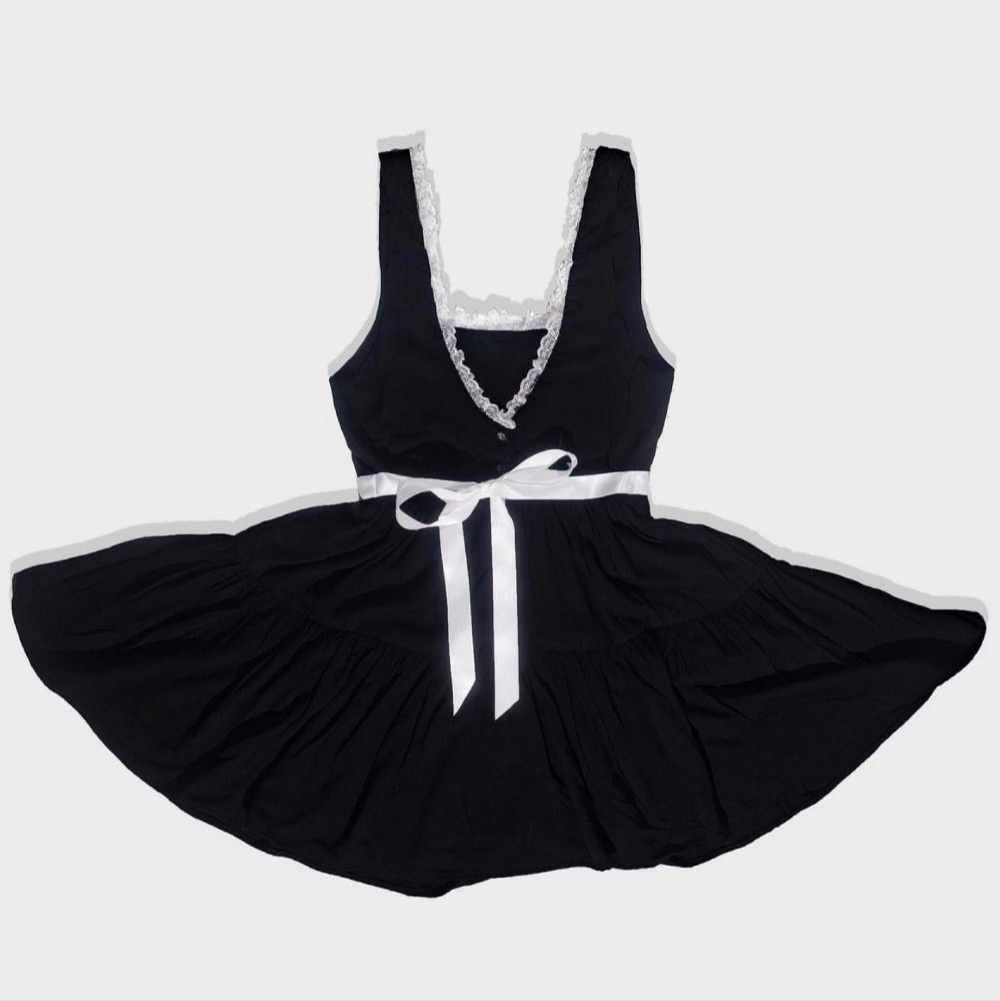
How did you go about manufacturing in Los Angeles during COVID?
LA is like going back in time because you can’t just Google “manufacturer.” It’s all by word of mouth. I would go to the Fashion District to these big buildings that look abandoned, walk inside and ask around trying to find sewers. I think speaking Spanish helps a ton, which luckily I do, because mostly everyone speaks Spanish. It’s a huge Latin community that’s sewing most of the garments in LA. I would just have to walk in and ask, “Can you help me?”
It was the people that were really generous with me that made Sant’Elia because it’s really hard to do things on your own. I found everyone that helps me in terms of production, pattern making and sewing by word of mouth. By little business cards that someone handed me, finding a flier on a wall somewhere downtown or walking into a building or someone sending me a random number telling me to call this man and he’ll help put you in touch with this man.
It’s really, really personal and really, really secret. Everyone wants to keep everyone to themselves in Los Angeles. A lot of companies and brands do not want you to know where they’re making your stuff. I found amazing deadstock fabric places that I also discovered through word of mouth and by walking around, parking my car on the street and exploring.
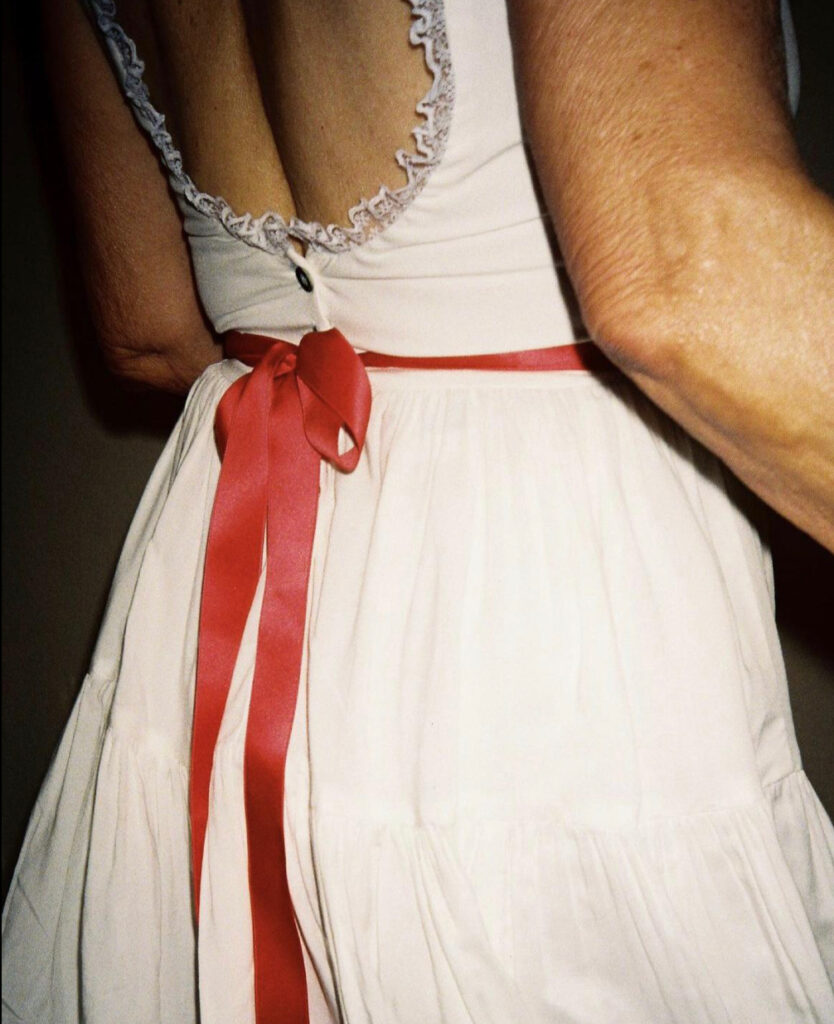
What are your goals for Sant’Elia moving forward?
My goal is to continue to make small quantities and continue to sell through those quantities to hopefully fund the next project. But I really want to keep everything essential. Like a sweater that will last you forever, an investment, but it’s forever. The swimwear and the underwear, it’s an investment but it’s going to last forever. The dress is the only dress you need. I just want to make intentional pieces. I also want to be more connected to New York. I have a bunch of friends there, and I would love to have my stuff in a little store there. I want everything I make to be like pieces of art, and I want it to be presented in that way. The closer I could get to making pieces that people feel like are really special, that will make me really happy.
Taylor Pardee (she/her)
Owner of Bella Venice
@bellavvenice
Taylor Pardee created her brand, Bella Venice, out of her passion for sustainability and adoration for vintage clothing and fabrics. Growing up in Venice, California, Pardee named the brand after her hometown combined with her middle name, Bella, and is inspired by growing up by the beach and the laid back lifestyle. Pardee uses deadstock fabric as material in all of her clothing and often operates on a preorder basis, eliminating waste during the production process.
What was your inspiration behind starting Bella Venice?
I’ve always wanted to create a sustainable company and I always knew I wanted to own a clothing brand. I remember when I was little, my mom would buy fabrics to play dress up with and I would use my sister as my model and make these big dresses.
I’ve always been a visual learner and creating became very natural for me. I also had trouble learning to read so I learned how to read using things like colors and textiles to represent words. So that was a very formative thing for me because I was extremely right brain and very creative and intuitive my whole upbringing but I was put more into a left thinking box. Both of my parents are entrepreneurs and I’ve always been motivated by the idea of working for myself and creating things for my friends.
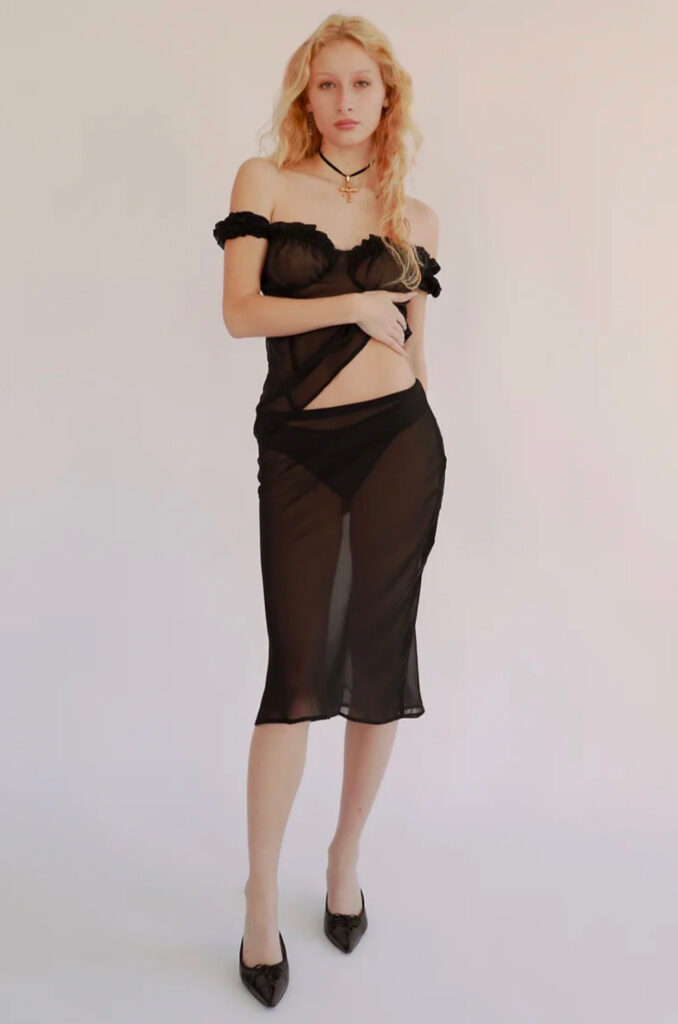
How did you start Bella Venice?
Bella [Venice] started as a passion project, I had no intention of setting out on creating a brand that would get this big. I started making clothes for fun because of my love of vintage clothing and fashion. I always knew I wanted to pursue something in fashion and sustainability and during COVID, I started designing pieces and bought fabric from a warehouse Downtown Los Angeles that only sells deadstock fabric. The fabric store introduced me to my production team and pattern maker who helped me produce my first lounge set which I posted on my website and advertised on Instagram. That was in the spring of 2021, and I’ve been working with the same team and fabric store to produce my clothing ever since.
What has been the most rewarding part of starting your own business?
Getting messages from customers telling me how confident they feel in my clothing. I also love seeing photos of people in my clothing in general, It’s really special when my friends tell me they’re proud of me and when my parents tell me they’re proud of me… that feels really good. I still get butterflies in my stomach whenever Bella [Venice] gets tagged in a post, and it puts the biggest smile on my face seeing people who I don’t even know wearing something that I have worked so hard to create. That means so much to me.
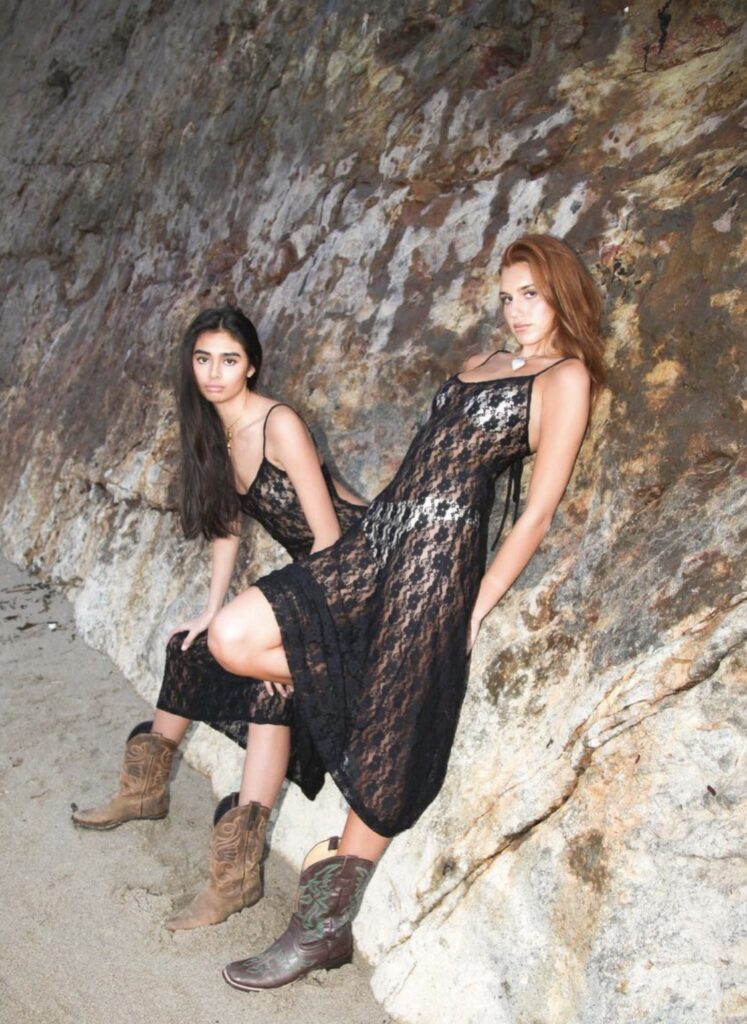
What advice would you give to yourself 5 years ago?
It sounds so cheesy and everybody says it, but be yourself. It’s the most important thing you can be – authenticity is everything and it can’t be replicated. And break more rules. You will never regret the times that you decided to step outside the box and think or act differently than others. I was always so scared growing up, and I’ve learned to push myself outside of my own boundaries as I’ve gotten older. Everything is going to work out for you.
What are your goals for Bella Venice in 5 years?
I hope we are a household name. I want to have our clothing in showrooms, my own store in Los Angeles, shows at fashion week. I want Bella Venice to be a real brand, not just an Instagram brand.
Natasha Walia, Isabella Manning and Taylor Pardee all have a few things in common: the company’s they birthed out of the COVID-19 pandemic and a passion for fashion. These female creatives have been successful in their ability to develop strong brand aesthetics that are true to themselves and their individual backgrounds which their customers have been able to identify with.
[ad_2]
Source link
